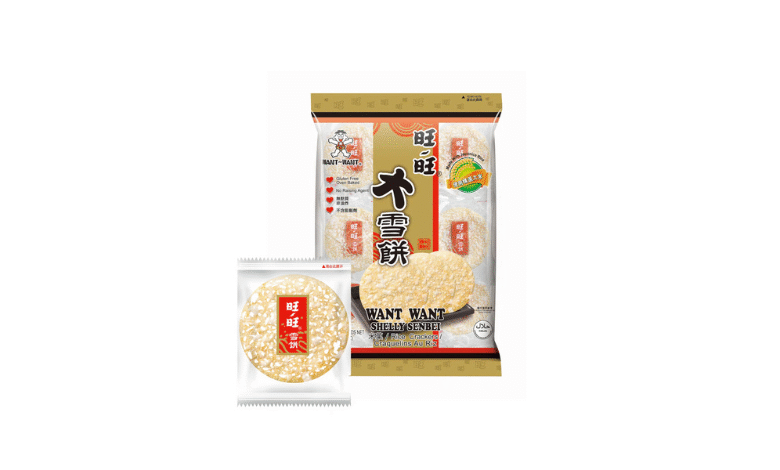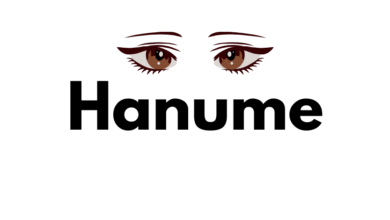http://want-want.com/: The Story Behind Asia’s Favorite Snack Brand

If you grew up anywhere in Asia, you’ve probably seen the bright red packaging and the smiling boy logo of Want Want. Maybe you had their crunchy rice crackers in your lunchbox or sipped one of their sweet milk drinks on a hot afternoon. For many, Want Want isn’t just a snack—it’s a memory.
What’s interesting about Want Want is how it built an empire out of something so simple: rice. From small beginnings in Taiwan to becoming a household name across Asia, the company managed to stay true to its roots while expanding into new markets, products, and generations of loyal fans.
This article explores how Want Want became a global snack powerhouse, its products, marketing genius, and what makes it so deeply loved.
The Beginning of Want Want: From Rice to Recognition
Want Want’s story starts in Taiwan in the 1960s. The company was founded by Jonathan Shi, who saw potential in Japan’s traditional rice crackers. He believed that with the right recipe and branding, they could appeal to modern consumers looking for convenient, tasty snacks.
By 1983, Want Want had partnered with Iwatsuka Confectionery Co., a well-known Japanese rice cracker maker. This partnership was the turning point—it gave Want Want access to Japanese technology, recipes, and manufacturing expertise while keeping its own Taiwanese flair.
The company’s early success came from its Want Want Senbei rice crackers—light, crispy, and coated with a savory-sweet glaze. In the 1990s, Want Want expanded into mainland China, where its affordable price and addictive flavor made it a massive hit. The slogan “Want Want – the taste of happiness” became part of everyday culture.
Today, Want Want Group is based in Shanghai and listed on the Hong Kong Stock Exchange. It has diversified into beverages, dairy, candies, and even real estate and media—but snacks remain the heart of its identity.
Read Also: https://cbtu.nationbuilder.com/
Signature Products: What Made Want Want Famous
1. Rice Crackers – The Original Classic
The Want Want Senbei rice cracker is the brand’s signature item. It’s made from puffed rice baked to a crisp and glazed with soy sauce and sugar, giving that perfect balance of salty and sweet. Unlike Western chips, Senbei is light yet satisfying.
When I first tried a Want Want cracker as a kid, I remember how it melted slightly on the tongue before the crunch kicked in. That mix of simplicity and nostalgia is exactly why people keep coming back to it.
Image Prompt: A cozy tea table with a plate of Want Want rice crackers beside a steaming cup of green tea.
2. Want Want Milk Drink
Introduced in the 1990s, this sweet, milky beverage became an instant classic. Packaged in small plastic bottles with the same smiling mascot, the drink is creamy but refreshing—something between a milkshake and a soft drink. It’s especially popular with kids.
Many adults who grew up in Asia still grab one for nostalgia’s sake. It’s often sold in convenience stores and vending machines across China, Taiwan, and Southeast Asia.
Image Prompt: A row of cold Want Want milk drinks in a refrigerator with condensation on the bottles.
3. Want Want Shelly Senbei and Mini Cakes
Beyond the original cracker, Want Want also launched variants like Shelly Senbei (a lighter, sugar-coated version) and mini cakes with soft, sponge-like textures. These innovations allowed the brand to appeal to both traditional and modern tastes.
Image Prompt: A colorful flat-lay of different Want Want snacks—Senbei, mini cakes, and candies—on a wooden background.
Brand Personality and Marketing: Cute, Clever, and Consistent
One of Want Want’s greatest strengths is its branding. The logo—a smiling cartoon boy—represents joy and simplicity. He looks mischievous and happy, reminding consumers of childhood and comfort.
1. Packaging Power
The bright red color stands out on shelves. Red symbolizes good fortune and happiness in Chinese culture. Want Want doesn’t change this visual identity often, which helps keep the brand instantly recognizable.
2. Emotional Marketing
Rather than pushing luxury or health, Want Want sells emotion—specifically nostalgia and happiness. Commercials often show families sharing snacks, children laughing, or scenes of friendship. It’s a reminder that the best things in life are simple.
3. Consistency Over Trends
While other snack companies chase fads, Want Want keeps its formula stable. That consistency builds trust. When people buy a Want Want cracker today, it tastes exactly like it did twenty years ago.
Example: Think about Coca-Cola’s timeless formula. Want Want follows a similar philosophy: don’t mess with what people love.
Global Expansion: From Asia to the World
By the early 2000s, Want Want was already huge in China and Taiwan. The next step was international expansion.
1. Southeast Asia and Japan
The brand entered markets like Singapore, Malaysia, Indonesia, and Thailand, where rice-based snacks are already familiar. Local distributors helped adapt packaging and flavors to regional preferences.
2. North America and Europe
Asian grocery stores in the United States and Canada were early adopters. Over time, Want Want snacks began appearing in mainstream supermarkets, often in the “international foods” aisle. In recent years, the rise of global interest in Asian culture—especially through K-pop and anime—has boosted demand for Asian snacks, including Want Want.
3. Online Sales
E-commerce has been another major driver. Sites like Amazon, Yamibuy, and T-Mall make it easy for overseas fans to get their favorite Want Want products shipped to their door.
Image Prompt: A world map with red dots showing Want Want’s presence across Asia, North America, and Europe.
Cultural Influence: Nostalgia and Identity in Every Bite
Want Want is more than a brand; it’s part of everyday life for millions. In China and Taiwan, its commercials play during holidays, its snacks appear in lunchboxes, and its logo shows up at sports events and festivals.
1. The Taste of Childhood
Ask any Asian Millennial or Gen-Z adult, and they’ll probably tell you that Want Want reminds them of school breaks or after-school treats. It’s one of those brands that connect generations.
2. A Shared Cultural Symbol
Much like how Oreos are iconic in the West, Want Want has become a symbol of simple pleasures in the East. You’ll even find references in movies, TV shows, and online memes.
3. Social Media Revival
In recent years, social media has helped Want Want reach new audiences. TikTok and Instagram users post “nostalgia snack hauls” featuring Want Want products, blending old memories with modern culture.
Image Prompt: A family sharing Want Want snacks during Lunar New Year celebrations.
Nutrition and Ingredients: What’s Inside
Want Want snacks are delicious, but like most processed treats, they’re meant for enjoyment, not health food. The rice crackers are made from glutinous rice, sugar, soy sauce, and vegetable oil. They’re baked or fried for texture and coated for flavor.
The milk drink includes sweetened condensed milk, sugar, and flavoring. It’s high in calories but loved for its comforting taste.
From a nutritional standpoint:
-
Low to moderate in protein
-
High in carbs and sodium
-
Best enjoyed occasionally
That said, Want Want has started exploring healthier product lines, such as low-fat crackers and reduced-sugar beverages, responding to the global shift toward mindful snacking.
Image Prompt: Close-up of Want Want Senbei ingredients with rice grains, soy sauce, and sugar cubes arranged neatly.
Innovation and Future Vision
Want Want’s success lies in balancing tradition and innovation.
1. Diversified Portfolio
The company now produces over 1,000 items, including jelly snacks, candies, dairy drinks, bottled water, and ice cream. It even owns media outlets and hotels, proving that it’s not just a snack maker—it’s a lifestyle brand.
2. Technology and Sustainability
Want Want invests heavily in automated production lines, eco-friendly packaging, and energy efficiency. With global attention on sustainability, these initiatives help maintain a positive brand image.
3. Youth Engagement
To attract younger audiences, Want Want collaborates with influencers and pop-culture events. Limited-edition packaging and online campaigns keep the brand fun and relevant.
Example: In 2022, Want Want released themed packaging featuring anime-style characters, which sold out quickly among younger consumers.



